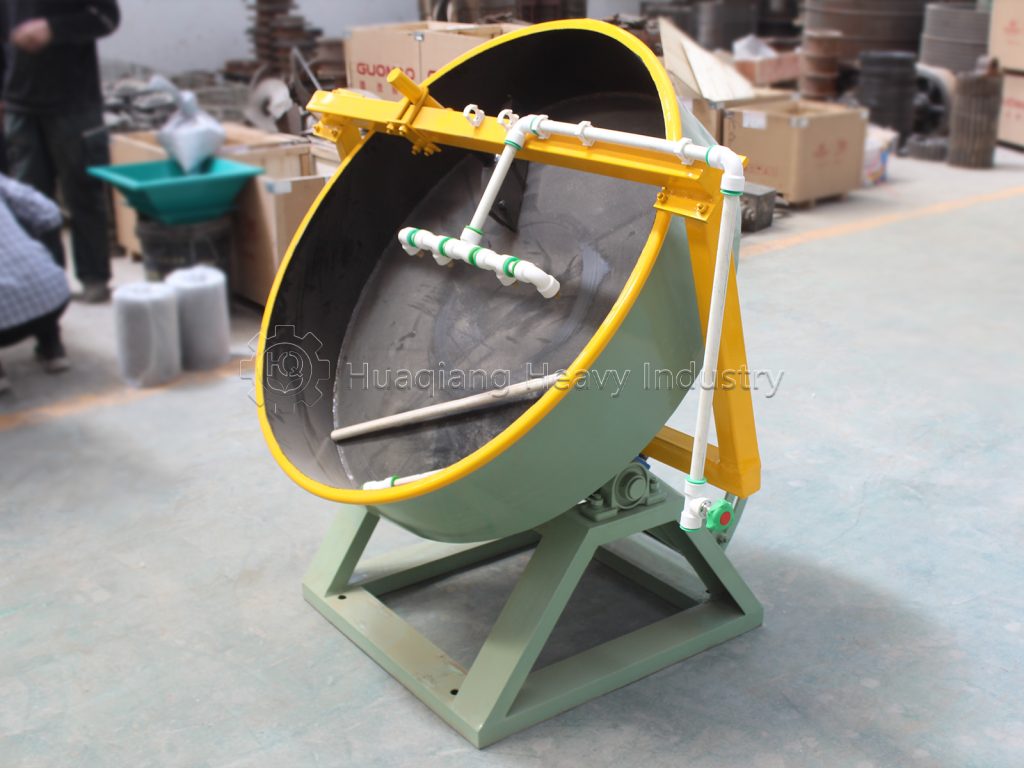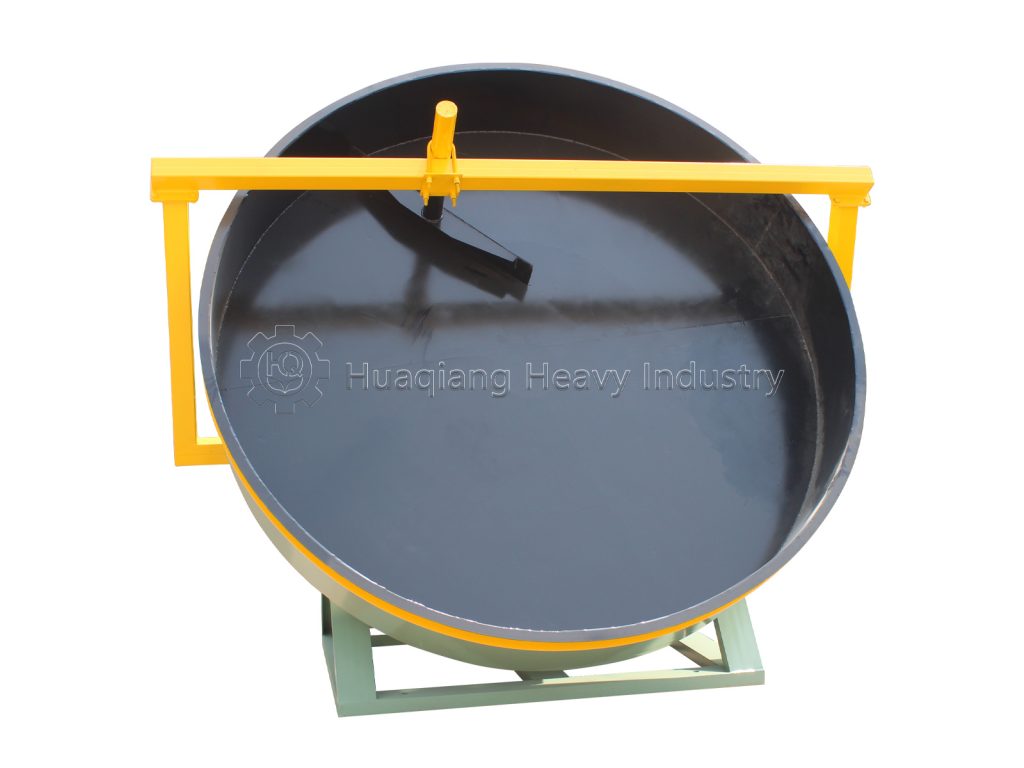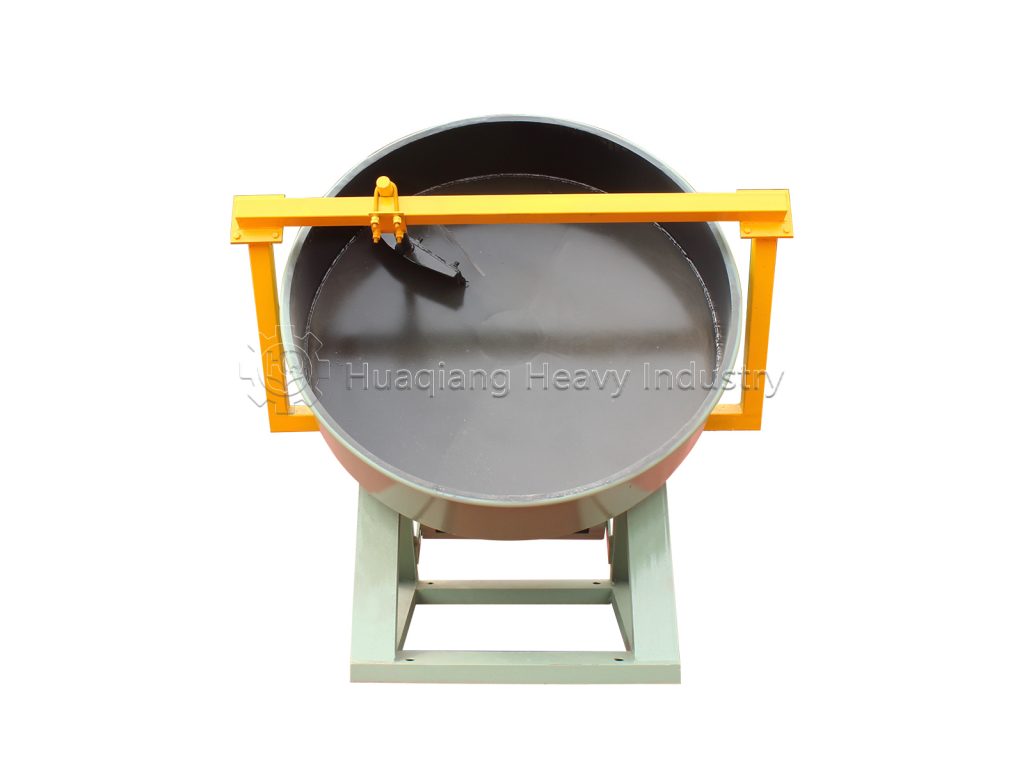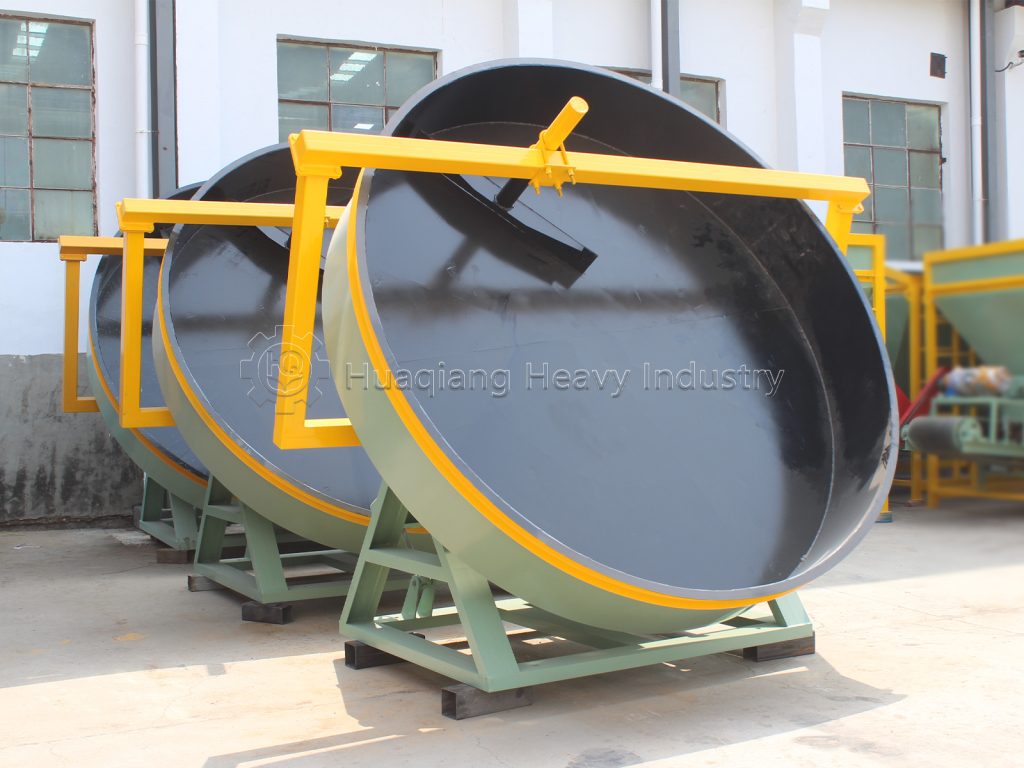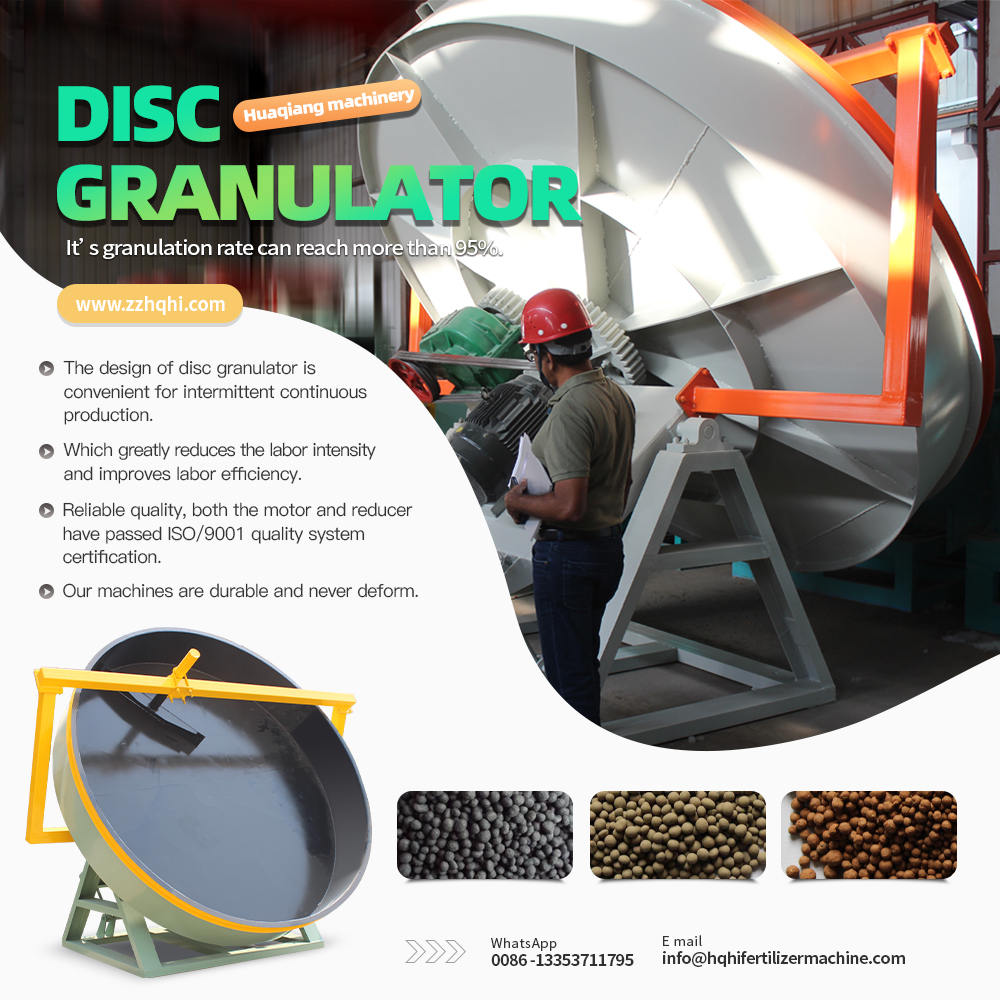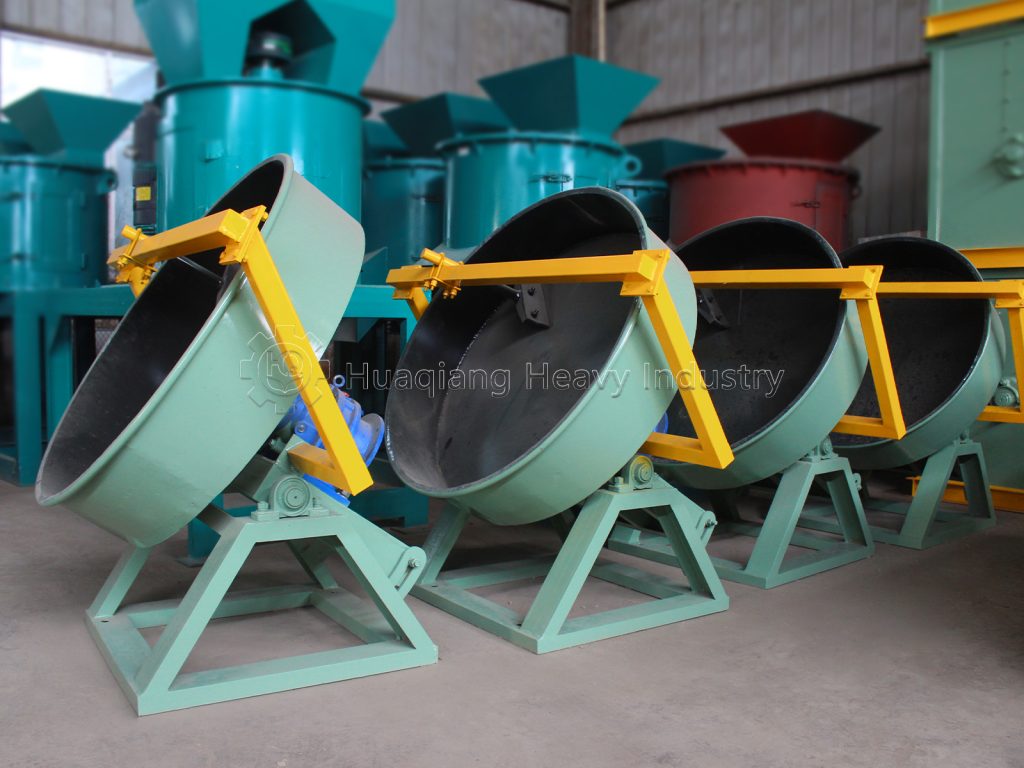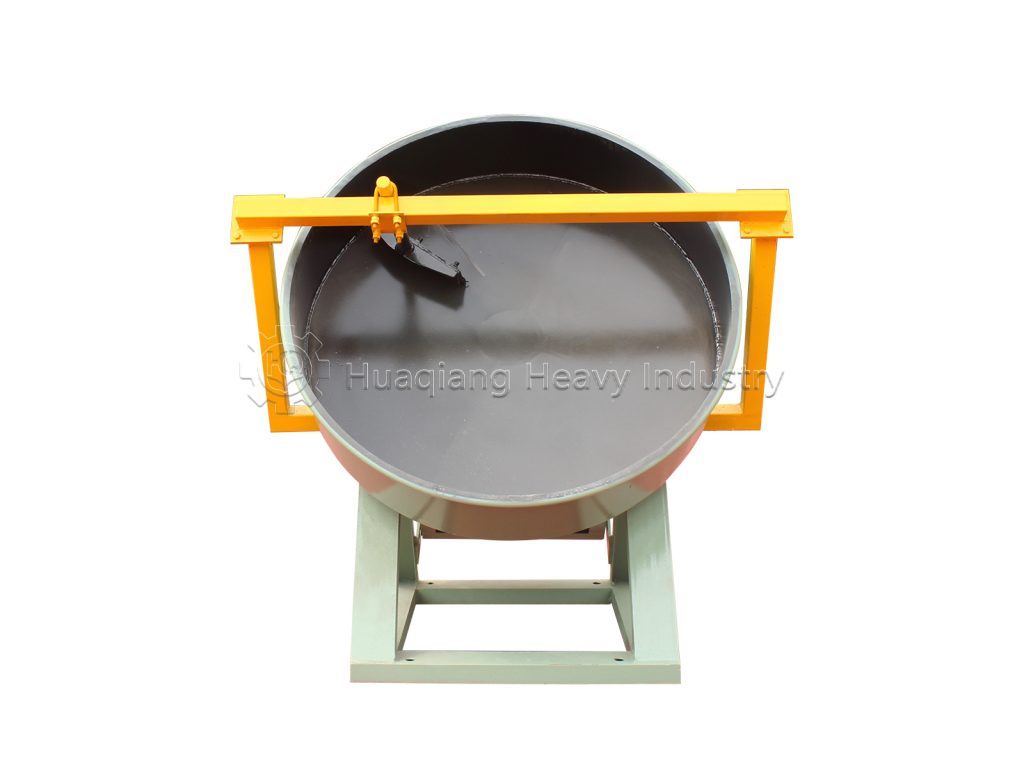In the field of fertilizer production, granulation technology is a key link to improve the quality and efficiency of fertilizer. In the face of many fertilizer granulator series, choosing the most suitable for large-scale production of granulation methods, you need to consider many factors such as production efficiency, cost, product quality and operation convenience.
Fertilizer Granules Compaction Machine: representative of high efficiency
Fertilizer Granules Compaction Machine occupies a place in mass production for its high efficiency and good forming effect. The device extrudes material through a pair of rotating rollers to form particles. It is especially suitable for dealing with those materials with poor bonding, such as urea, phosphate fertilizer, etc., and can realize the molding of a large number of fertilizers in a short time. In addition, the Fertilizer Granules Compaction Machine consumes relatively low energy, is easy to maintain, is suitable for continuous and automated production processes, is one of the preferred equipment in large-scale production.
Flat-Die Pellet Machine: has high adaptability
A Flat-Die Pellet Machine is used to press the material into particles of the desired shape by pressing the mold. This granulation method is highly adaptable to materials and can handle a variety of different types of fertilizer raw materials, including organic and inorganic fertilizers. Another advantage of the Flat-Die Pellet Machine is that the shape and size of the pellets can be adjusted by changing the mold to meet different market needs. However, Flat-Die Pellet machines are slightly less productive than Fertilizer Granules Compaction machines and may require more mold replacement and maintenance work in mass production.
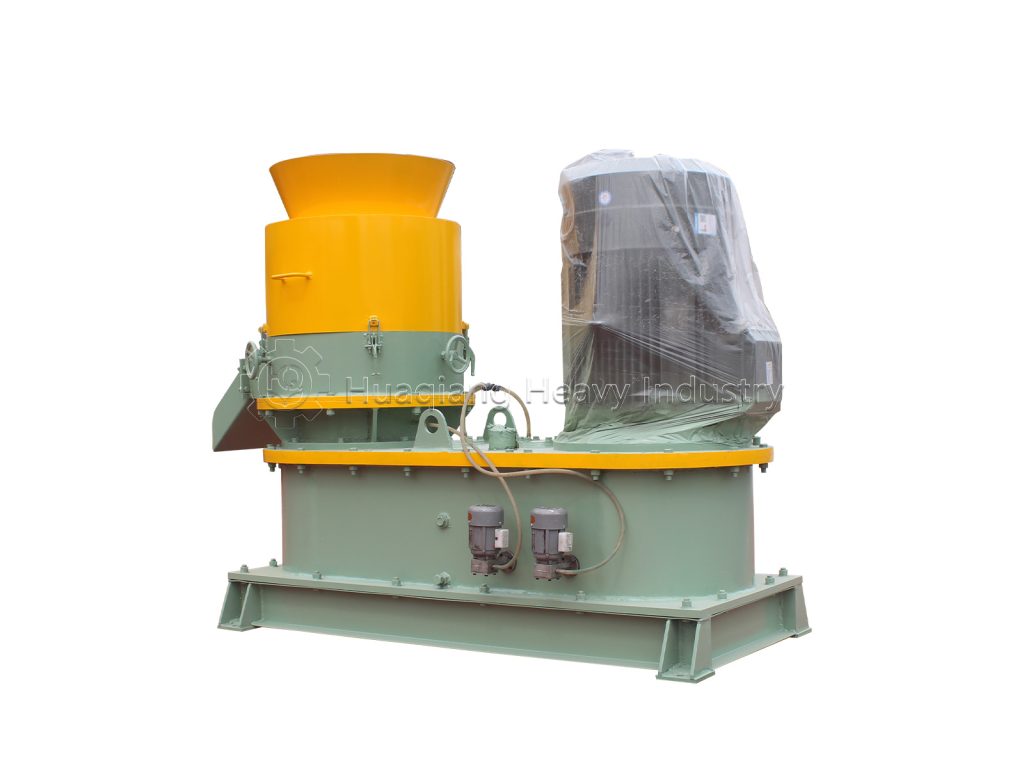
Rotary Drum Granulator: Uniform particle quality
Rotary Drum Granulator turns and rounds materials by rotating the drum and an internal copy plate to form particles. This granulation method is suitable for the production of high-quality organic fertilizers, because the Rotary Drum Granulator can fully mix and form the material at a slower speed, thus ensuring the uniformity and quality of the particles. Rotary Drum Granulator has low energy consumption and wear during the production process and is suitable for long continuous operation, as well as for mass production.
Disc Granulator: Easy to operate
Disc Granulator By rotating a disc, the material rolls on the surface of the disc and gradually gathers into particles. This granulation method is simple to operate, easy to control, and suitable for small and medium-sized production. The investment cost of Disc Granulator is relatively low, but its production efficiency and pellet forming effect may not be as good as that of Fertilizer Granules Compaction Machine and Rotary Drum Granulator. Therefore, it may not be optimal in mass production.
conclusion
Considering production efficiency, cost, product quality and operation convenience, Fertilizer Granules Compaction Machine and Rotary Drum Granulator have more advantages in mass production. Fertilizer Granules Compaction Machine, with its high efficiency and low energy consumption, is especially suitable for treating materials with poor adhesion, while Rotary Drum Granulator, because of its uniform particle quality and low operating cost, Suitable for the production of high quality organic fertilizer. According to the characteristics and production needs of different fertilizer raw materials, choosing the right granulator is the key to ensure the quality and production efficiency of fertilizer products.
